Evolution Of The AK To Meet The Evolving Trends Of Modern Battlespace

The battlefield on the Eastern Front of World War II illustrated a horrific lesson—that victory can be won with tragic heroism and noble sacrifice. Still, ultimately, without technical and tactical innovation, it is a cruel waste of life. The Soviet Union learned quickly, changing tactics and developing vast small arms to combat the next war. With lessons fresh in their memories, new concepts were developed and evolved to change the world.
Kalashnikov History @ TFB:
The Kalashnikov rifle is one such development and the most recognizable and most encountered small arm on the battlefield to the modern day. The Kalashnikov rifle takes some of the best features of other designs and seamlessly combines them into a single design, making it one of the most reproduced assault rifles in the world. From the first trial prototypes made at the Kovrov factory in 1947 to factory No.74 Izhevsk Machine-Building Plant, better known as Izhmash in 1948, to the modern Avtomats to today's recent developments by Kalashnikov Concern has seen many changes over the years, leading the way is advancement and effectiveness of the series of rifles. These advancements have seen drastic changes from milled receivers and later the move to the 5.45x39, innovation from construction to ballistics—all to give the warfighter a lighter and more lethal tool to face the threats of the State.
The Soviet Union requested a compact assault rifle for personal defense and, later, an under-barrel grenade launcher that increased the infantry's offensive capability via a simple attachment point referred to as an accessory lug, part of the cast gas block of the AKM and AK-74. The 5.45, in conjunction with the AK-74’s compensator, is still one of the best in the world for its controllability. The AK-74 was an evolutionary step to further the Kalashnikov pattern of rifles to meet the need to compete on par with a peer or near-peer threat. The Soviet Union was very observant of the developments and trends in NATO countries, calculating the usefulness, addressing advantages, and developing a counterpart.
An increase in the effectiveness of the Kalashnikov rifle's lethality was the introduction of optics mounting solutions. This gives the operator magnification, night capability, or quicker close target acquisition with a collimator or red dot sight. Kalashnikov stayed true to the base design, rejecting any radically different alterations from the designer Zlobin to the design that may have brought the system to another level, further on par or surpassing Western developments. The most modern Avtomat reportedly sees new barrel tolerances, and rifling increasing accuracy to 2 MOA, as we witnessed in Orenburg, testing the AK-203 and AK-12. New features seen on other weapons have been introduced to the AK, such as M1913 rail top covers and M1913 handguards for beneficial weight increase and increase of the system's lethality with night fighting capability accessories. Kalashnikov has seen many aftermarket upgrades on Spetsnaz-configured weapons for Joint Stock Companies, which are developing upgrades on their own or at the request of the State.
With the ever-evolving dynamics of the modern battlefield, the Kalashnikov has proven its adaptability and resilience. It has successfully operated in some of the most adverse and inhospitable locations. Recent adaptations to the system, such as ambidextrous selectors and aperture rear sight, further enhance its versatility. Despite these changes, some aspects of the rifle remain consistent, like the carriers for an AK type 1 compared to an AK-103. This component has seen very little change from the original, reassuring us of its enduring effectiveness.
The Kalashnikov innovation in the US has seen companies tackle rifle production following the Russian methods and specifications as closely as possible; that alone is a challenge. A recent innovation I have used in recent builds is the Occam rail system, which I'm testing. Still, I see the benefit of adding AR-15 iron sights, force-multiplying accessories, red dot, and white light and infrared laser mounting solutions. From a manufacturing standpoint, the use of the rail noticeably speeds up production. An adjustable gas block allows the user to tune the weapon characteristics to different ammunition, cold temperature, or suppressor use, giving a similar result to the balanced automatics of the Russian Sport Rifle SR-1.
Designers have played with the idea of converting the rifle to operate using a short-stroke gas system I have recently tested; this conversion greatly aided suppressor use, reducing excessive gas from existing in the operator's face. The US AK industry has seen many advancements from competition semi-auto triggers from ALG Defense to M1913 rail gas tube by UltiMAK for forward red dot mounting.
One of the most significant changes that set the stage for everything to follow, and later seen in the development of the AK-12, was the combination gas block/front sight block on a full-size AK assault rifle, which was seen on the Rifle Dynamics 500 and 700 series. The trend in the US, per BATF, is a pin and weld to keep a 16.1-inch overall barrel length, so the barrel is cut back for the size of the muzzle device and pin then welded permanently, attaching the muzzle device. This front-end conversion reduces weight and improves handling. This also allows concentric muzzle devices to be mounted more efficiently, allowing suppressor mounting. The Dead Air Wolverine or the Resilient Suppressors Putnik are outstanding options for those traditional AKs.
Silencer Shop makes getting suppressors easy and you can buy the mentioned suppressors from the links below.
Dead Air Wolverine
Resilient Suppressors Putnik 7.62X39
This is where the KNS Piston comes into play with its ability to tune the gas to tame over-gassed AKs and improve operation in conjunction with suppressor use. This gives the ability to retain the AK esthetics while upgrading the rifle.
The Kalashnikov will be used for decades, so the existing and future systems will need innovative solutions to meet the challenges of tomorrow. Today, the US market is leading the drive for advancing the Kalashnikov series of rifles. The Kalashnikov has been said to have not met its peak of perfection. The US market's contributions to the Kalashnikov series such as the Occam rail system are significant in the ongoing evolution of this iconic rifle.
TFB is proud to partner with Silencer Shop as our preferred vendor for all of your NFA needs. Whether you are searching for a new suppressor, SBR, or trust, Silencer Shop is here to provide a seamless and fast service for your next NFA purchase. Head over to www.silencershop.com to begin your NFA journey.

Lynndon Schooler is an open-source weapons intelligence professional with a background as an infantryman in the US Army. His experience includes working as a gunsmith and production manager in firearm manufacturing, as well as serving as an armorer, consultant, and instructor in nonstandard weapons. His articles have been published in Small Arms Review and the Small Arms Defence Journal. https://www.instagram.com/lynndons
More by Lynndon Schooler



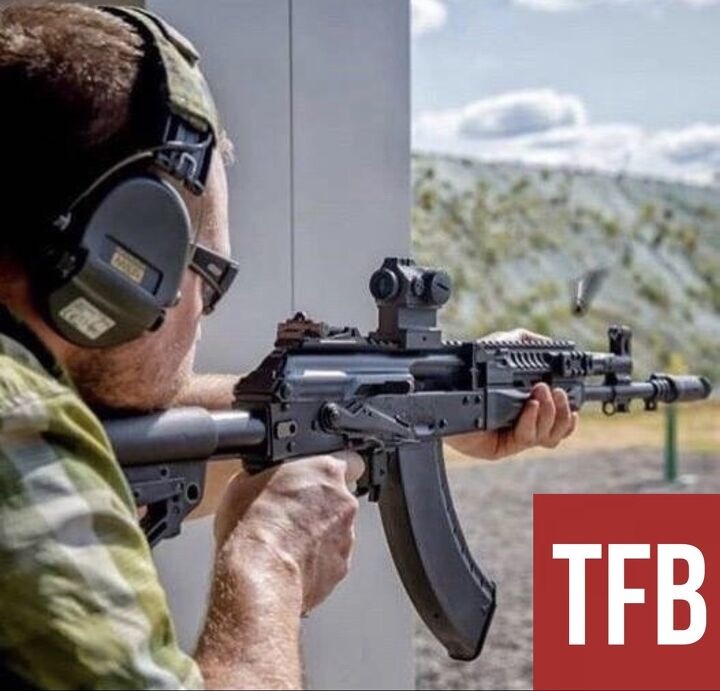







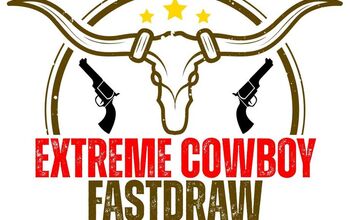








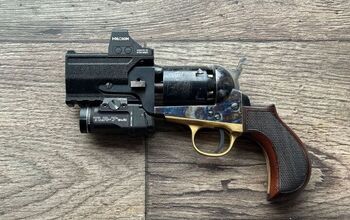
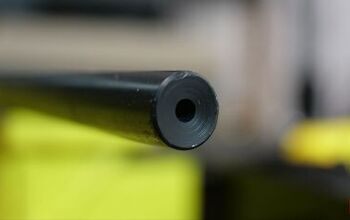


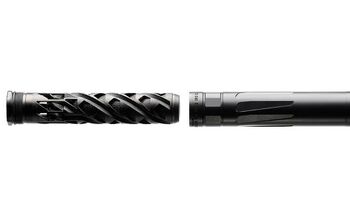

Comments
Join the conversation
The only way to evolve from the AK, is to let it die. It had its time, but it was never a great gun. It fires an inferior round that passes through most targets within 300 yards without dispersing its energy, it's front heavy as hell, takes significantly longer to reload and put back on target. Have you ever seen a single competitive shooter or special operator wheeling an AK, unless there were mitigating circumstances? F no!
Why does every article turn into a silencershop ad?